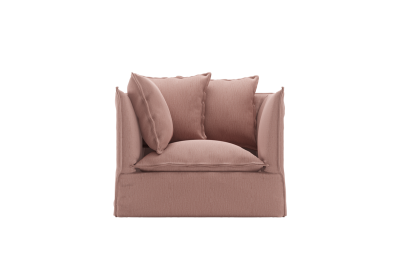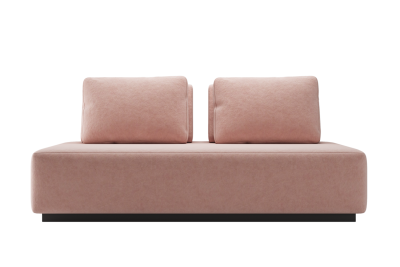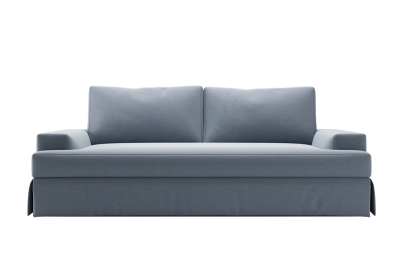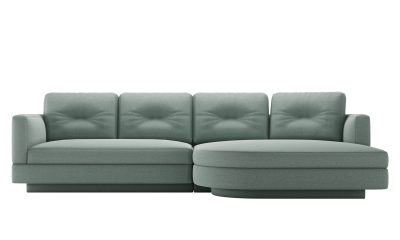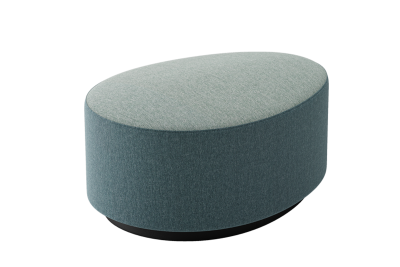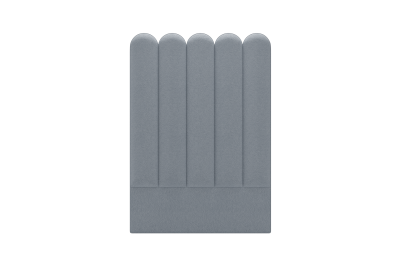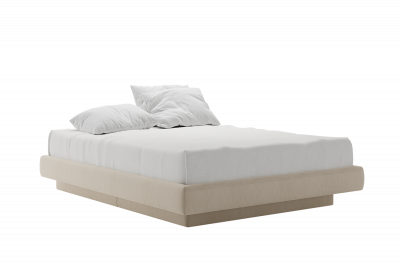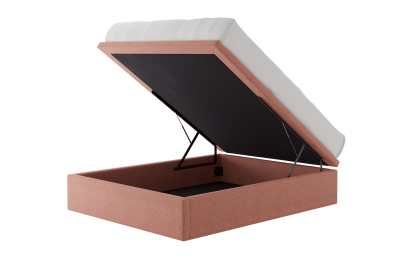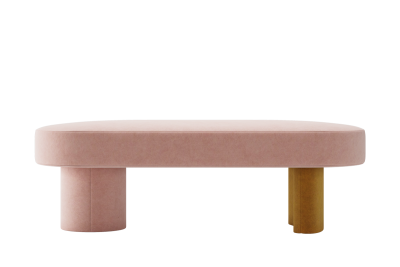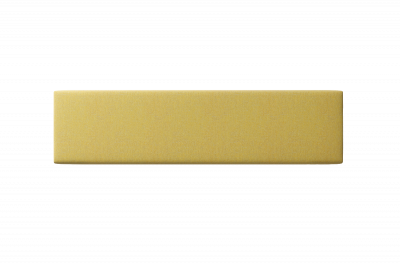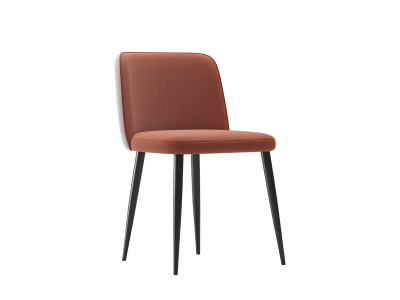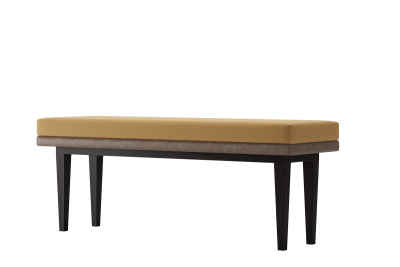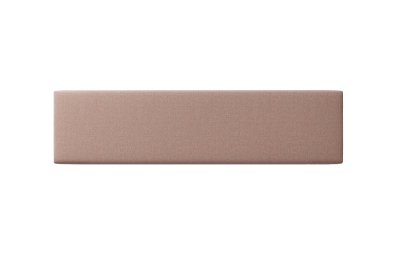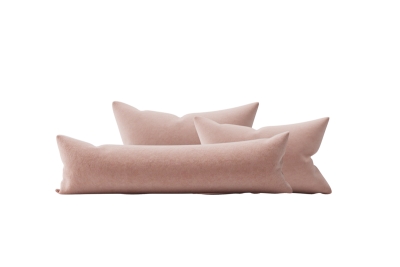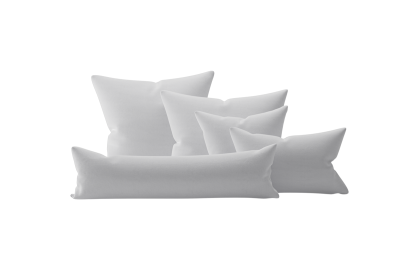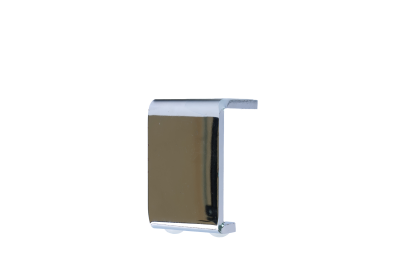Don't Get in Bed until You Get These Numbers Right
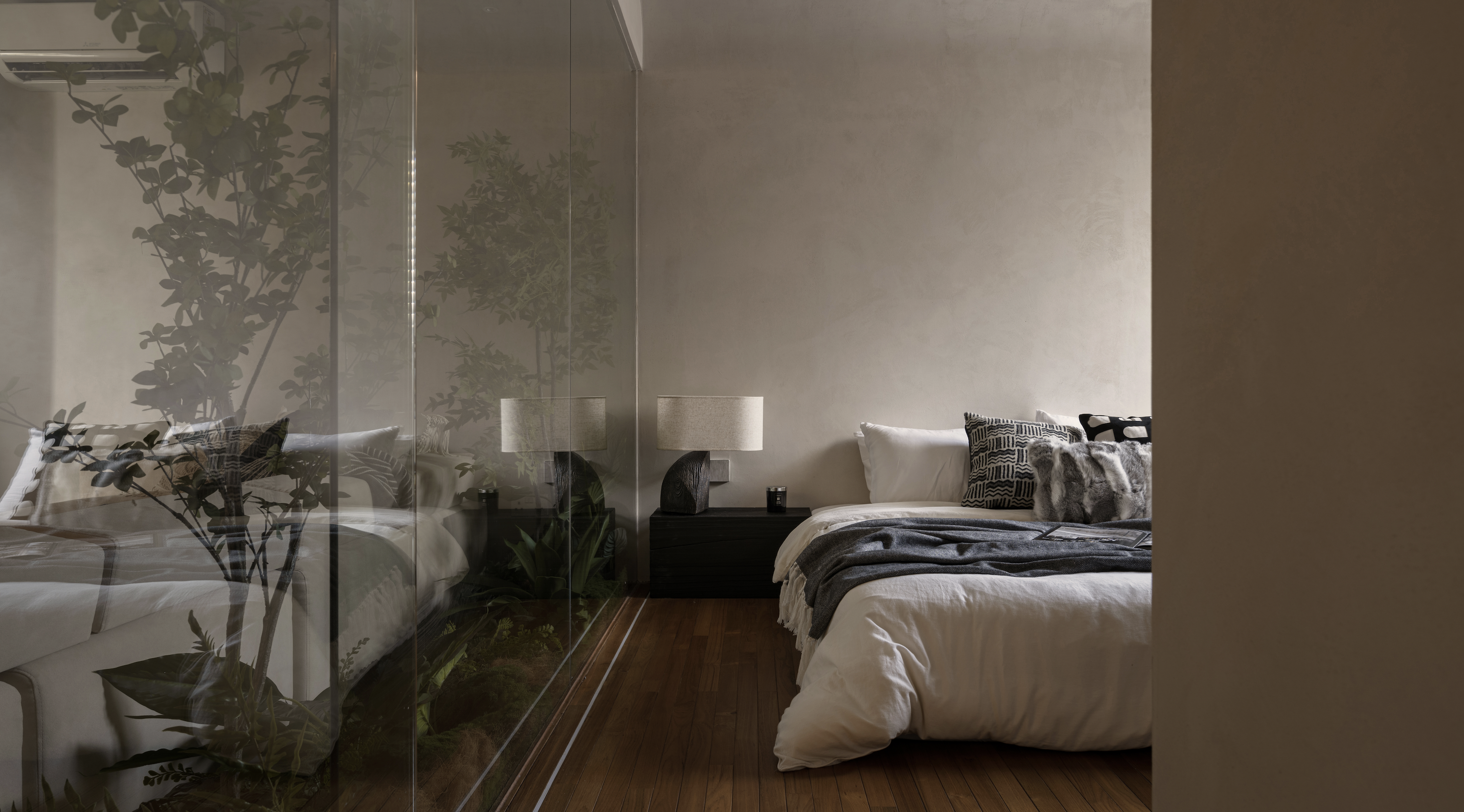
We devote time looking for the perfect mattress but when it comes to bed frames, many of us can get to the point of negligence about bed ergonomics. If the mattress is the end all be all of the quality of your sleep, the bed frame is the same for all the moments you’re awake.
To optimise your waking moments, consider:
Sitting Height
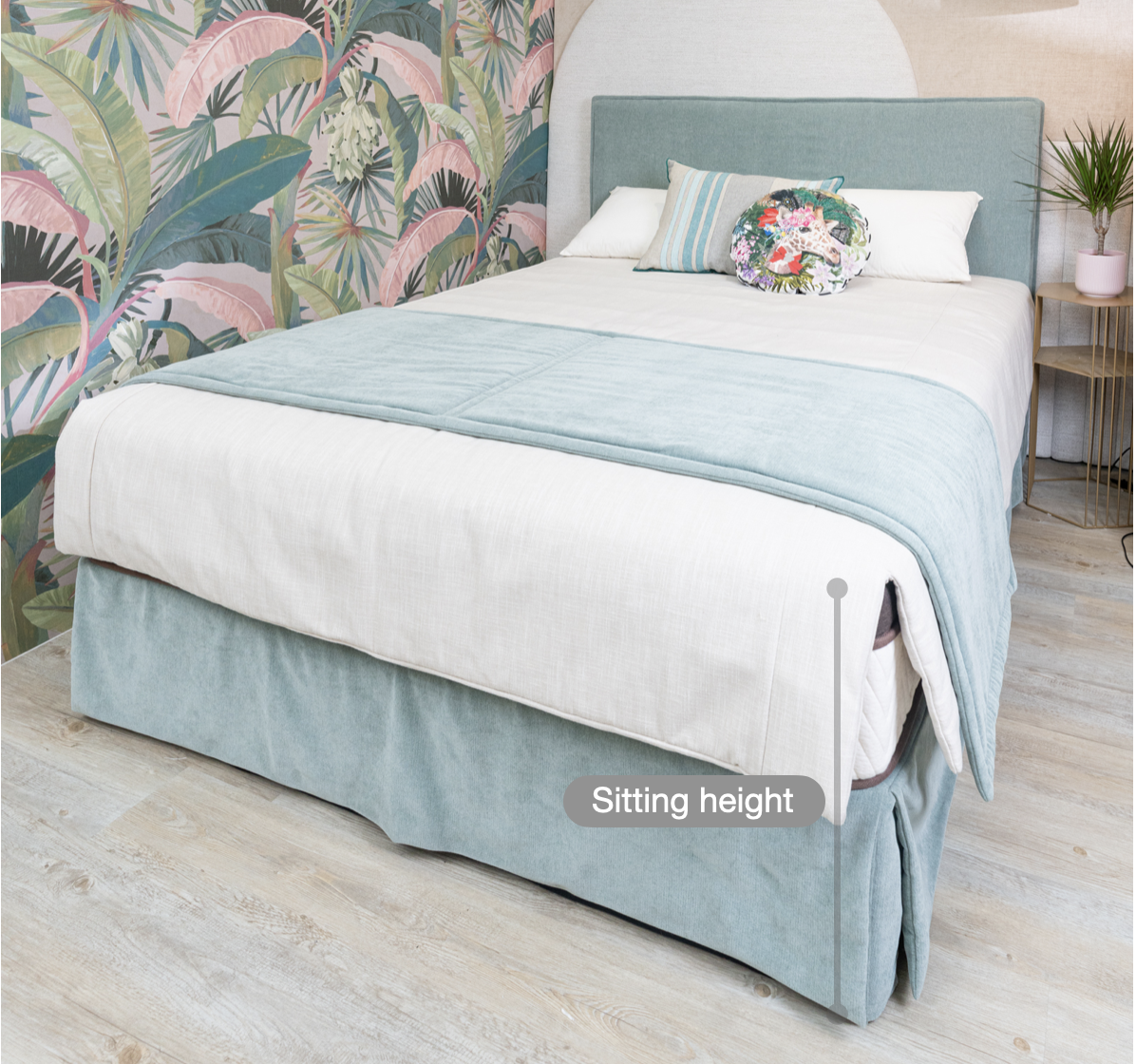
Mattress thickness + Bed base height (including legs, if any) = Sitting height
Are you expecting or are your knees giving you problems? Low-profile beds can be challenging to move in and out of — they require arm and core strength to push safely out of your bed, and core and leg strength to safely lower yourself into bed. Those with compromised mobility will benefit from a sitting height range of 55cm to 60cm.
The rest of us tend to end up with sitting heights that are too high, higher than a dining table’s height (about 75cm). When your sitting height is that high, you heave into and fall out of your bed on the daily. For optimised comfort, aim for a sitting height that is not higher than 65cm. You want to be able to sit on the edge of the bed with your knees bent at a right angle.
Exceptions
1. If you are 190cm or taller, you may prefer a sitting height of 73 - 75cm
2. For children between ages 5 and 10, a sitting height of 40cm or lower will be beneficial for them to get in and our of bed on their own.
Want to clean under your bed?
Make sure you factor in clearance for your robot vacuum cleaner to pass under. A 12-13cm clearance should be sufficient, but check the measurements against the cleaner you have. Remember that this clearance is a part of your total sitting height.
Walkway Width
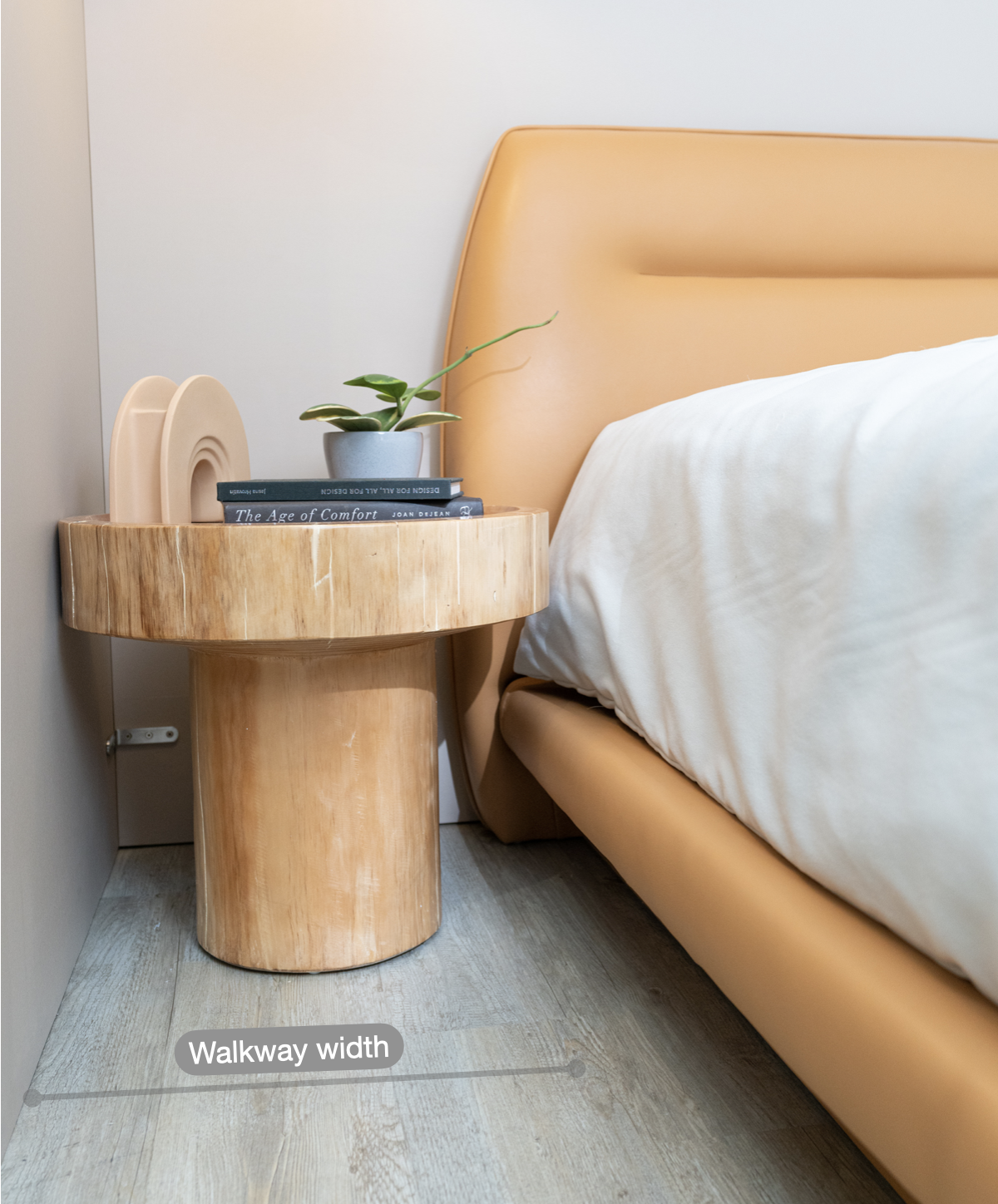
The dimensions of your bed frame are first determined by the size of your mattress. But in compact Singapore homes, you should also pay attention to the available walkway width in your bedroom. Designers recommend a minimum walkway width of 60cm for functionality.
If you are planning to place a king sized mattress in a small bedroom, opt for a bed frame that sits flush with your mattress so that it doesn’t take up more space than it needs it. Sit-in or platform models add overall width and length to your bed frame.
Headboard Height
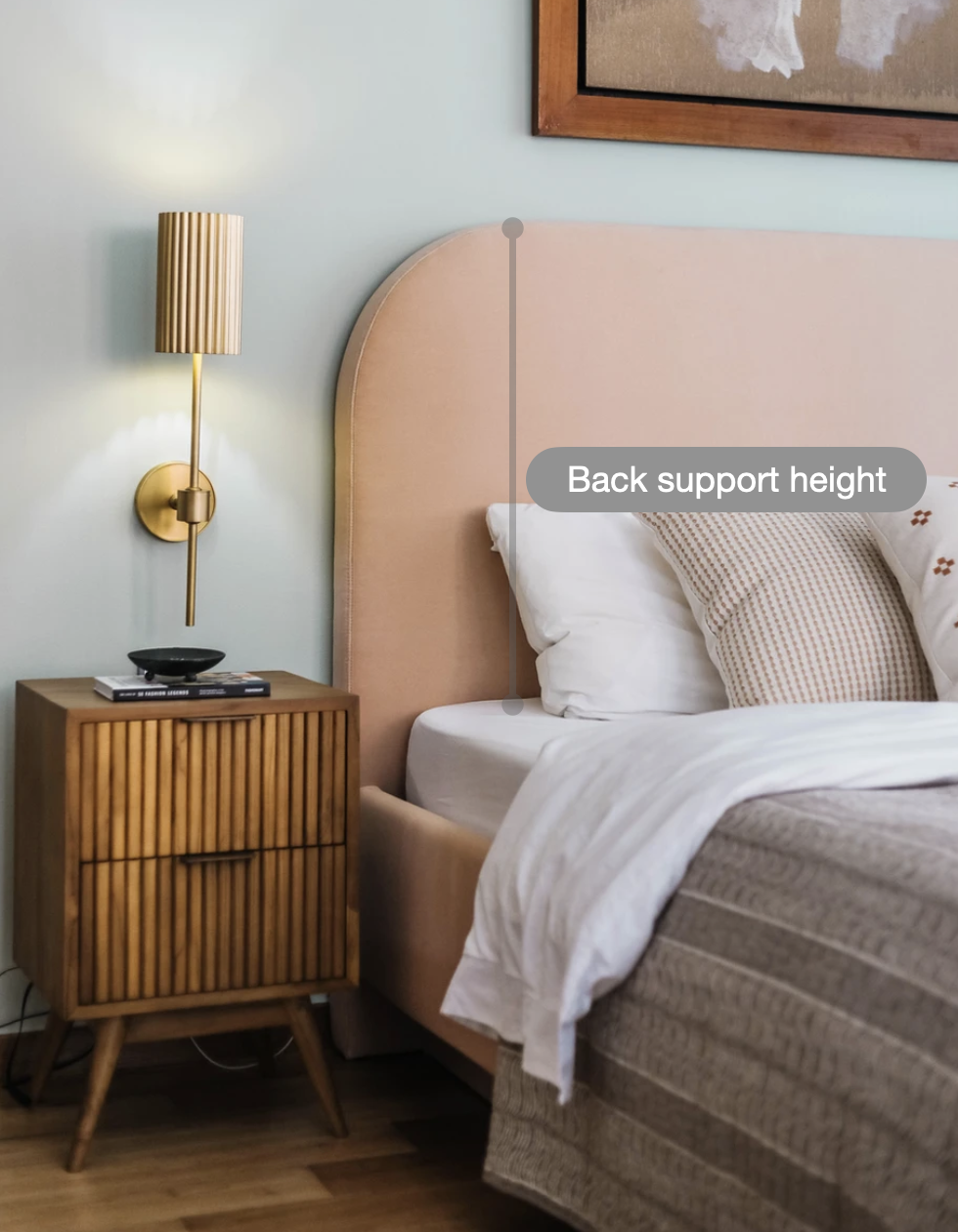
Nailing the right headboard height is particularly important if your bed is a multi-functional reading/TV zone.
For sufficient back support when sitting up on your bed, ensure that there is a 45 - 50cm coverage from the top of your mattress to the headboard.
Tall headboards not only look good in rooms with high ceilings, they can also create the illusion of more space in a small room, which most of us in Singapore contend with. Grander headboards start from about 70cm and can go all the way to over 1m.
Bear in mind that the higher the headboard, the greater the tendency for it to naturally tilt forward. We recommend wall-mounting headboards taller than 140cm for stability.
Bedside Table
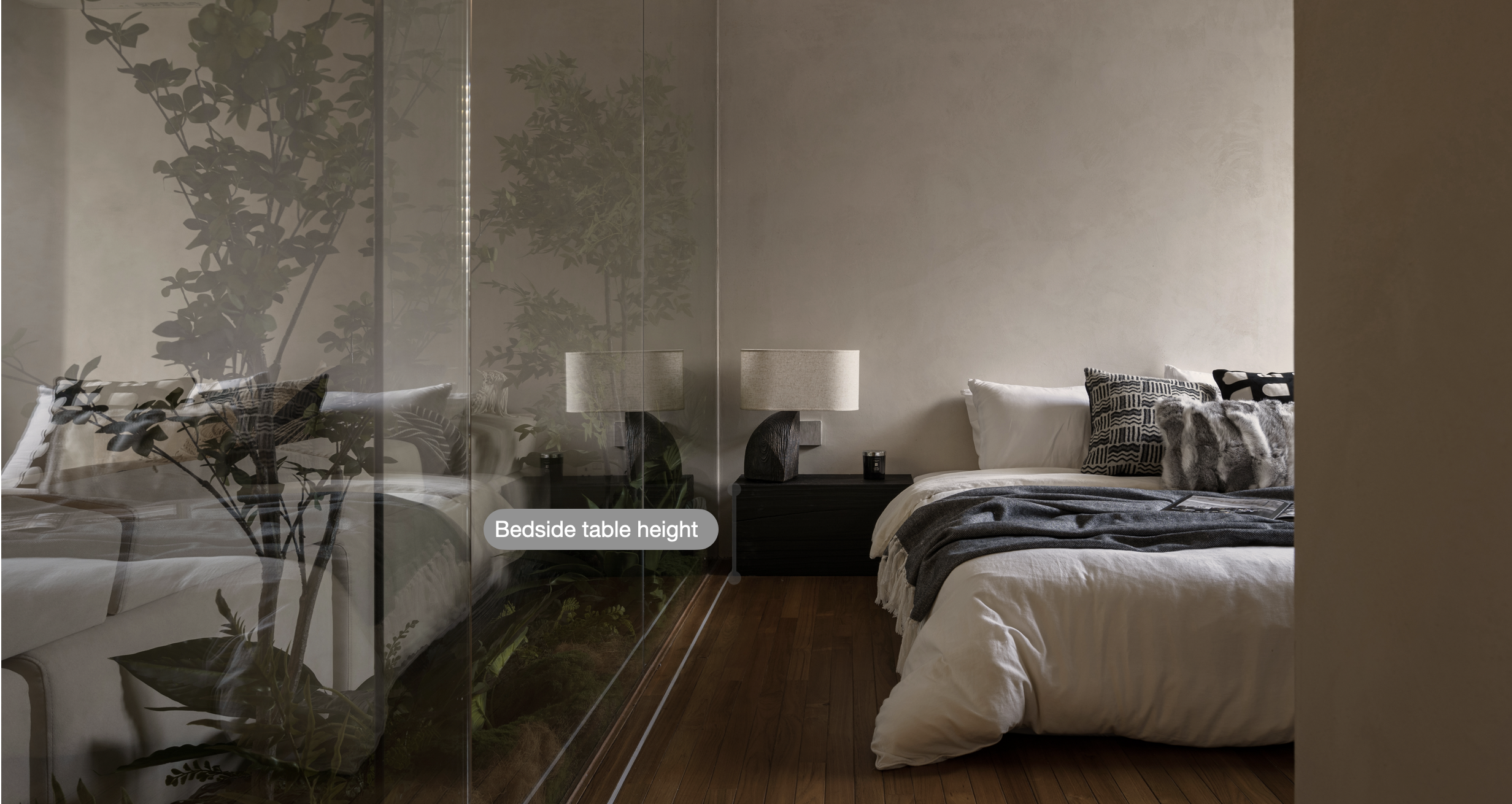
We recommend planning your bedside table to be about the same height as your bed frame’s sitting height i.e. where the mattress comes up to. This lets you reach for items without straining whether you are sitting or lying in bed. So don’t worry if you’re a couple cm off, The difference will not make an ergonomic dent!
But bedside tables can be notoriously difficult to source for. You settle for a nice looking bed side cab but the height doesn’t work. Or you find something that fits and it doesn’t work with theme of your bedroom. Working backwards helps - plan for a sitting height of about 55cm as most readily available bedside tables range from 45 - 55cm in height.
Customise your bed
Customising your bed frame can help you achieve your ergonomic goals without the pain of sourcing. We only need a few considerations to get you the right fit:
1. Know the make, model and dimensions of your mattress.
2. Asses your bedtime habits - do you spend time browsing your mobile gadgets in bed or is your bed just for sleeping?
3. Consider who will be using the bed - if you have mobility issues, we’ll recommend a more comfortable bed height.
